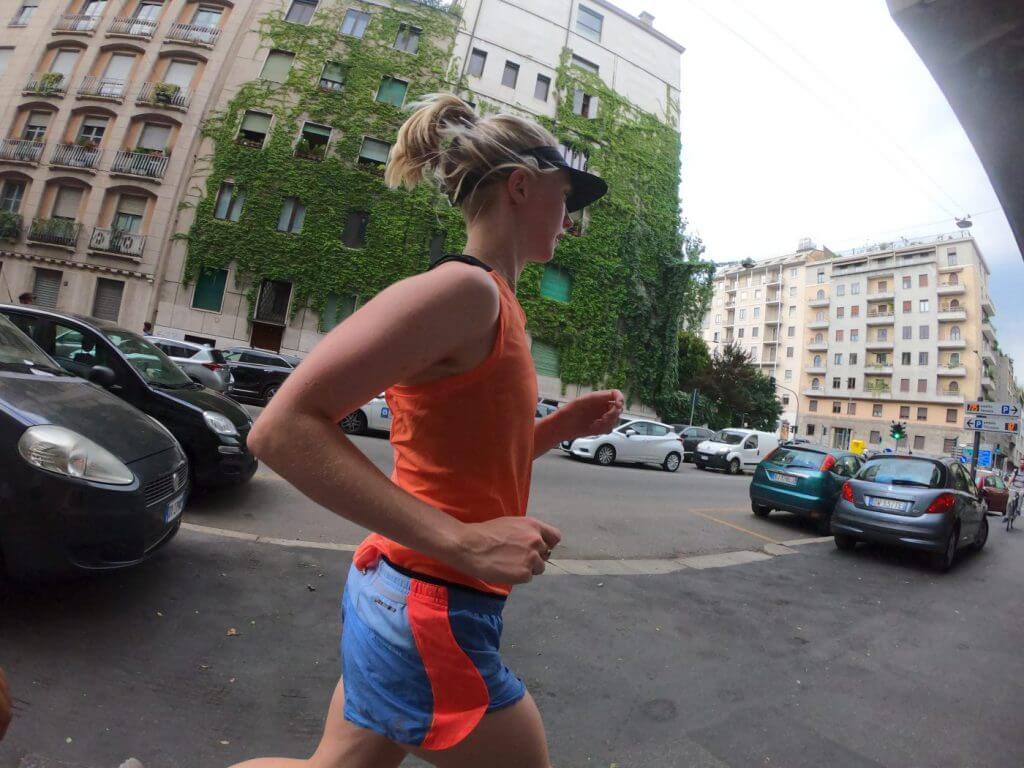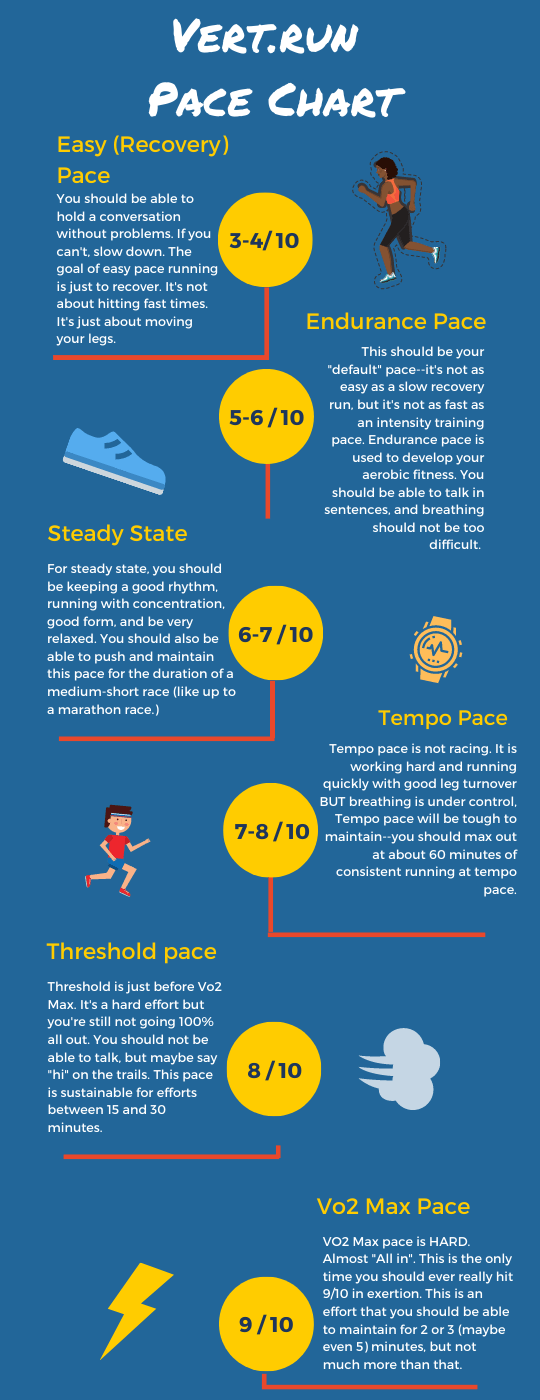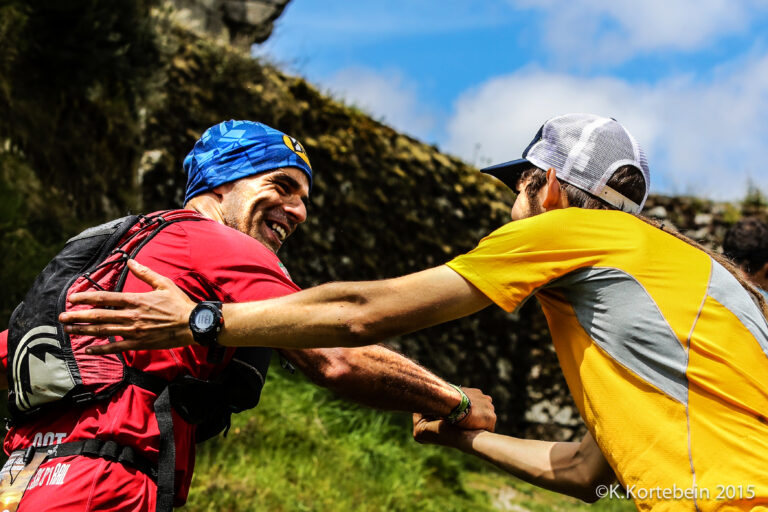No matter what level of trail running experience you have, you probably have limited time to train. Even professional trail runners almost always have to balance their training with a full-time job. So, since your time is valuable, your trail running workouts should make the most of every minute you spend.
So what’s the best way to know if a workout makes the most of the time you’re dedicating to it? Our answer: by paying attention to your level of exertion during the workout. At Vert.run, we call this “Perceived Effort.”
Perceived Effort is really useful in trail running for three reasons:
- As trail runners, we’re constantly running through different types of terrain. It’s not just all flat pavement. We run up, we run down, and we run everything in between–and we do so at different speeds. But running at different speeds (e.g. running a downhill mile faster than we run an uphill mile) doesn’t mean that we’re exerting ourselves according to the speed. This means that measuring our effort with a pace chart of mile splits just doesn’t work for us like it does for road runners.
- Our heart rate is always affected by a number of factors. It’s good to have an idea of what your average heart rate is–but, relying on heart rate alone during your trainings to measure effort isn’t always the most accurate. (Also, another thing to remember is that if you really want to measure heart rate: chest strap monitors are the way to go. Wrist monitors aren’t yet very accurate for mountain running.) By training based on Perceived Effort instead of heart rate, you learn to listen to your body and understand your effort more accurately.
- The third reason that Perceived Effort is a good tool is actually the most important: because it helps you get to know yourself. When you focus on Perceived Effort, you begin to understand not only your physical feelings–e.g. legs, heart, etc.–but also your mental feelings. Your body and mind fall into sync. This turns you into a master of your own pacing, resting, recovering, knowing when to push, etc. There’s no tool on the market more powerful than that of getting to know your own body and effort.

So. The concept of Perceived Effort is a simple way to determine your intensity level when doing a trail running workout. It’s kind of like taking your workout’s temperature.
The idea is that by knowing and listening to your feelings during the training, you can estimate your exercise’s intensity zone–without any equipment at all.
We’ve created this pace chart that we use in all our training plans. The idea is that you use this scale as a reference point throughout your Vert.run training plan, and that you rate your workouts on this scale of Perceived Effort:
Remember that it’s important not to overtrain. This means recognizing the symptoms and signs of overtraining, knowing yourself and being familiar with your Perceived Effort. Doing so will allow you to improve and complete your whole trail running or ultramarathon training plan.









